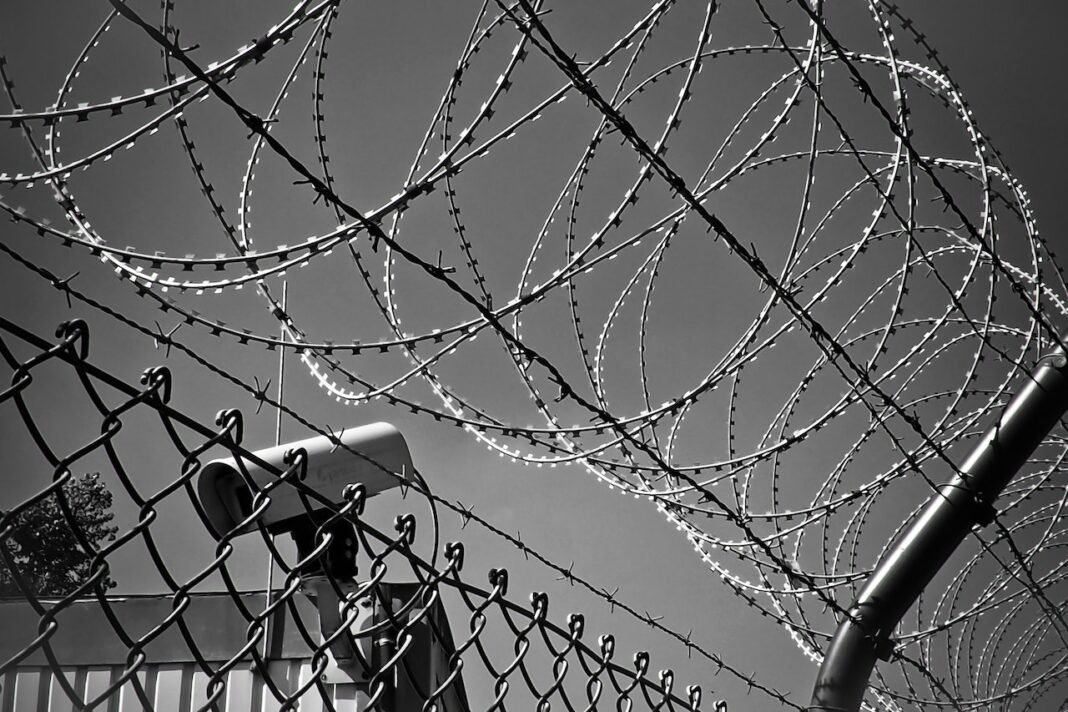In this month’s issue, we release the second of a two parts series that focus on the impact of violence on businesses in Brazil. We approach the extra expenses and losses commonly caused by violence; the alienation of investments and skilled professionals; the costs of violence in Latina America and the Caribbean and, particularly, in Brazil – focusing on the social, private and public costs -, and close with the importance of reviewing security policies and strategies and of planned protection.
On the first part, it was discussed the critical case of Rio’s energy distribution company – Light -, which filed for bankruptcy after billionaire losses driven by the organized crime. The case served as an example of consequences caused by the scenario of violence in the country that directly affects its attractiveness to businesses.
Summary
The cost of high crime rates in Brazil is significant, people change their behavior to avoid crime, households and companies spend high amounts to protect themselves against crime, companies reduce their investment and incur productivity losses and governments allocate a big part of their budget to public security. Understanding the direct and indirect impact of crime can allow companies and the government to take more efficient and effective measures to fight violence, while allowing the economy to grow.
Extra Expenses and Losses
Those businesses that do not leave and resist the problems brought by criminality have extra expenses with security to avoid risks and mitigate losses. In 2018, in the middle of the Federal Intervention in Rio – when federal forces reinforced local public security –, O Globo newspaper revealed that Piraquê, a large company in the food sector, had to spend R$ 1.5 million per year in security to protect assets in a distribution center in Madureira, in the North Zone, and in a factory in Queimados, in Baixada Fluminense.
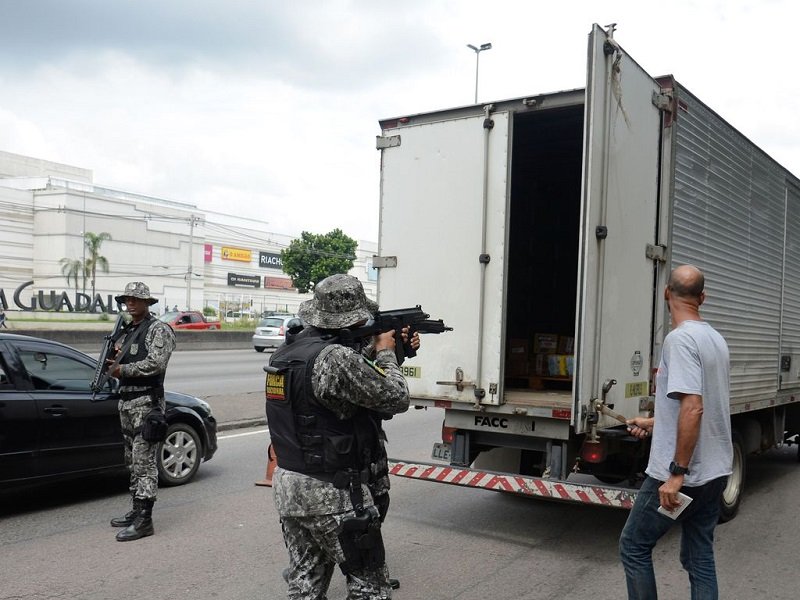

In factories located in Rio de Janeiro’s areas directly affected by police operations, energy generators were installed to avoid interruption of activities due to power outages during military operations, shifts and schedules were adapted to end production journey earlier, executives wear technician or worker uniforms, restriction of fleet circulation and employees on high-risk roads have been ordered. The escalation of violence changes the routine of companies, resulting in extra costs.
When losses come and there are no plans for containment, the impact on productivity is relevant. During the most critical days of the criminal attacks carried out in Rio Grande do Norte between 14 and 24 March of this year, industries in Rio Grande do Norte lost 40% of revenue. Public buildings, businesses and vehicles were the targets of gunshots and fires set by gangs. Estimated losses vary between R$ 10.7 million and R$ 25 million per day, according to the Rio Grande do Norte Industries Federation (Fiern). Out of the 266 companies interviewed, 27% had to interrupt work shifts or stop production completely (21%) for at least a day.

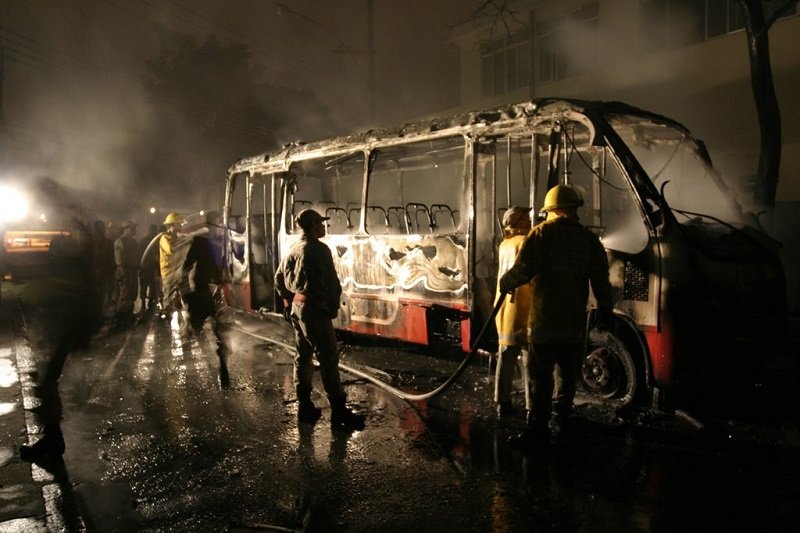
The biggest problems faced were with logistics (distribution and receipt from suppliers), the stress seen in workers, and the lack of employees who were unable to get to work due to lack of public transport.
A survey by the Industry National Confederation (CNI) provided a wider scenario of losses. The work showed that one in three Brazilian industries was the victim of theft, robbery, or vandalism in 2016. Losses with these crimes, added to expenses with insurance and private security, consumed around R$ 27.1 billion of revenues.
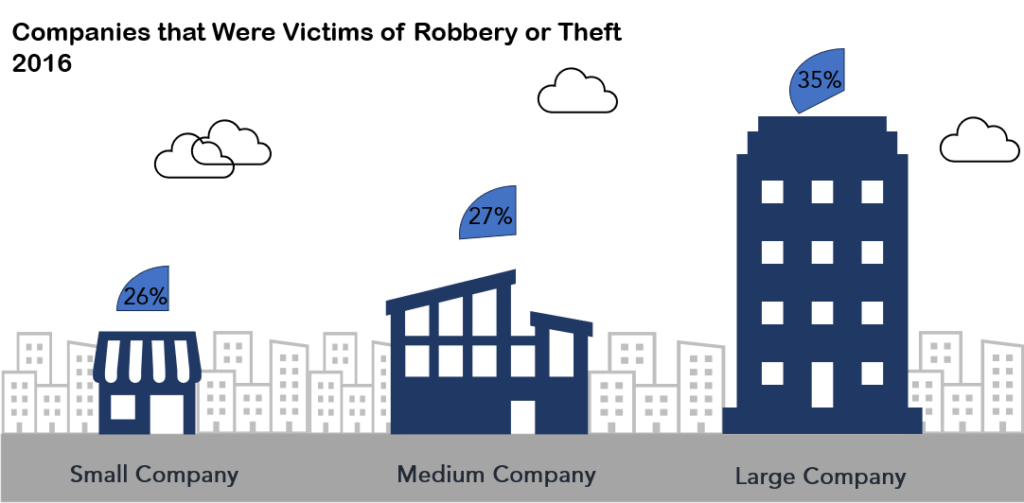
Alienating Investments and Talents
Crime has been damaging Brazil’s image on the international scene, alienating investors and tourists, and slowing down development. Furthermore, it drives Brazilian professionals to look for better opportunities abroad or in smaller cities in the countryside.
In 2018, the retail network of stores that work with home appliances and electronics, Magazine Luiza, had 800 stores across the country, but none in Rio. High criminality rates were among the main factors behind the decision to remain distant from the country’s second biggest consumer market.
In 2017, the tourism sector in Rio de Janeiro state lost R$ 657 million between January and August because of crime, according to a survey by the National Confederation of Trade in Goods, Services and Tourism (CNC). Violence was responsible for 29% of the sector’s total loss of revenue in that period of eight months, which reached R$ 2.3 billion. Tourism is quite important for the state’s economy and at that time it corresponded to 9% of the local economy.
CNC estimated that for every 10% increase in crime, the gross revenue of companies that make up the Sate’s tourist activity drops, on average, by 1.8%. The study also revealed that violence in the city also reduced job creation.
According to a survey by the World Bank that herd 1.802 top managers from 2008 to 2009, 12.6% of them pointed out that the inadequately educated workforce was their biggest obstacle in Brazil. Crime contributes a lot in this sense by pushing educated people away from the biggest centers or even from the country. Moreover, the growing virtualization of daily activities, including work, which was stimulated by the pandemic, has accelerated this process in the past years.
Data from the Brazilian Foreign Affairs Ministry revealed that there was a 16% increase in the total number of Brazilians abroad between 2018 and 2019: from 3.6 million to 4.2 million. In a decade, the number increased by 36%. Another study by Datafolha from May 2022, showed that 59% of the residents of Rio and 55% of those living in São Paulo wanted to leave the capitals. The main reason for the 644 people from Rio and 840 from São Paulo who were interviewed was the fear of violence.
The results from the 2022 Census appears to confirm this movement, since Natal, Belém and Porto Alegre, Belo Horizonte, Recife, Fortaleza and Rio de Janeiro had population reductions in the last 12 years. Of the more than 12 million inhabitants that Brazil gained between 2010 and 2022, according to the Census, 8.3 million (67.5%) were in medium cities, with 100 to 499 thousand inhabitants.
Costs in Latina America and in Brazil – Government, Social and Private
Even though a bit old, a wide survey promoted by the Inter-American Development Bank (IDB) in 2017, with data from 2014, provided a great overview of the costs brought by violence to Latin America and the Caribbean (LAC) and the place of Brazil inside its region.
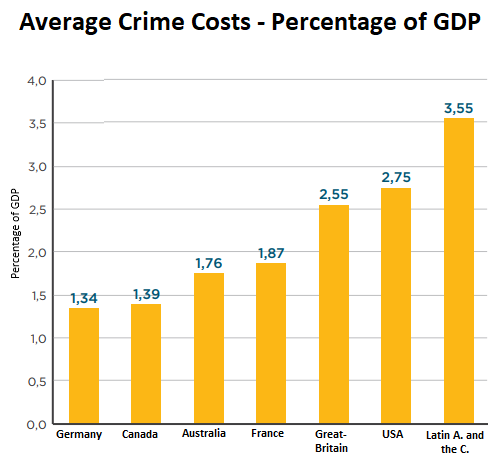
General estimates reveal that crime costs, on average, to countries in LAC, 3% of GDP, an average cost of about US$300 per capita. These costs are broken down as follows: 42% in public spending (on the judicial system, police services and prison administration); 37% in private spending (expenses of homes and companies); and 21% on social costs of crime (victimization costs in terms of loss quality of life due to homicides and other violent crimes and income that was not generated by the incarcerated population).

These estimates are conservative to allow comparability across countries. They do not include costs of prevention programs, medical expenses due to violence or the impact of crime on other outcomes, like property prices. Even so, the cost of crime in the region is twice the average cost of developed countries.
Brazil is one of the countries that present, in terms of nominal values, the highest costs of crime. In 2014, the violence cost was US$103,269 million in purchasing power parity (PPP) to the country. The amount represents 53% of the total cost of crime in LAC. In relative terms, crime costs an amount, on average, equivalent to 3.14% of Brazilian GDP, a rate slightly higher than the average for region. Previous studies have also estimated the costs of crime in Brazil at 5.1%. In these estimates, Institute of Applied Economic Research (Ipea) researcher Daniel Cerqueira also included the costs associated with the health system.
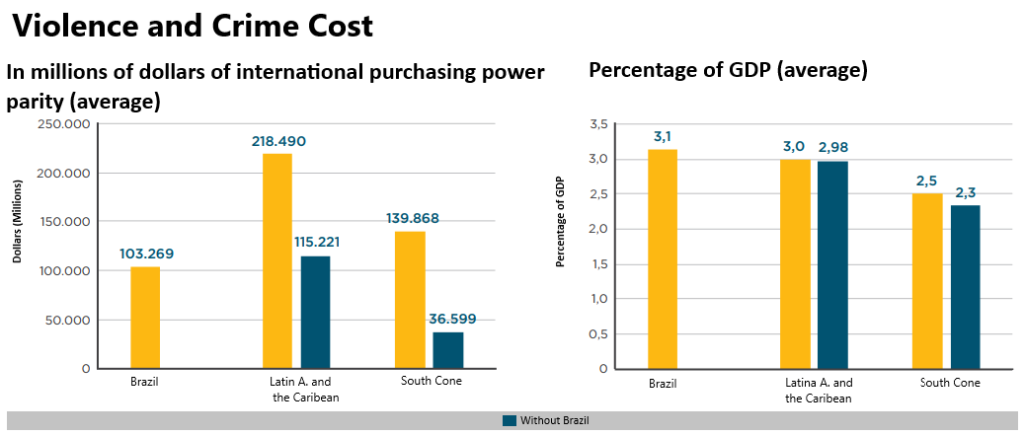
Brazil stands out for its high spent on private security, which can be understood as an indication of the population’s feeling about the security service provided by the government. In 2014, 48% of the total cost of crime fell on the private expenditure on security, being much higher than the average for LAC (43%). Public expenditure is the second largest component (36% of the costs of crime). Brazil’s social costs (16%) represent a share comparable to that of LAC and the Southern Cone (17.5% and 15.2%, respectively).

The Importance of Cost-Benefit: Revision of Policies/Strategies and Planned Protection
Private money spent on extra protection represents the diversion of capital to areas that generally are not the core business. State money spent on security represents fundamental resources given to one area to the detriment of another. For instance, this means that, instead of spending more to solve the country’s problems with infrastructure and offer better conditions for investments, the government must spend billions on security to contain gangs.
Therefore, if these costs with protection could be removed or reduced, corporations, citizens and governments would gain. However, as crime is not going to magically vanish, security will always need attention and resources. Thus, the point is how to properly spend it: effective and efficient solutions.
This fact was brought by the IDB’s research, which pointed out that it is necessary to study not only the costs, but also the cost-benefit relation of crime prevention and control strategies. The researchers stated that, as some Brazilian states and regions experienced an improvement in security spending smaller percentages of its GDP, it became clear the importance of reviewing these interventions to extract lessons learned for application elsewhere.
Drawing on the principles above, the government and the private initiative must take action, each in their specific scope. The later, according to experts, should review policies and strategies – particularly those with high costs: the “War on Drugs”, mass incarceration, look for improving the certainty of punishment instead of severity.
In some way, this is already being done by a few forces. For instance, the Federal Police (PF) understood the importance of tracking connections between the organized crime gangs and the capital they laundry, which appears to cause a much more significant impact than small one-off seizures.
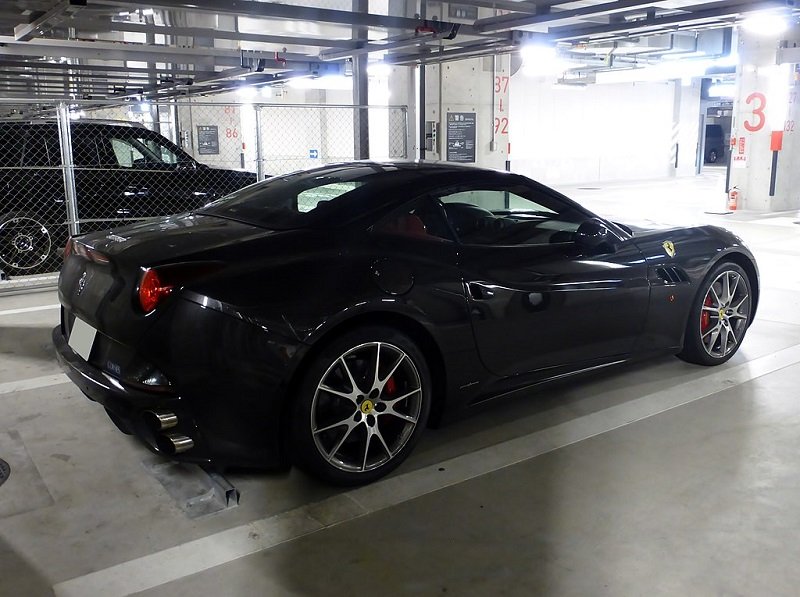
Tokumeigakarinoaoshima.


For their turn, companies that are in the country; or those that want to come, must understand Brazil’s particularities and how its business can be affected. Looking for consultancies, like INTERLIRA is the first step to develop intelligence content upon the company can mature investment decisions, develop standard operating procedures (SOP), travel policies, continuity plans etc.
Finally, coordination between the two parts could be improved. Private companies and the government must dialogue constantly and see how to contribute to the overall well-being of society. In this sense, a common mistake is the company’s failure to negotiate tradeoffs with the government when planning new ventures. For example, rural and isolated areas often profit from infrastructure and public security investments, which can reduce costs for a future project, but companies only notice this after the investment is done and there is little political will from the local authorities to develop the area. Here, specialized risk consultancy can also assist companies to create relationships with authorities to organize the protection of their investments.



